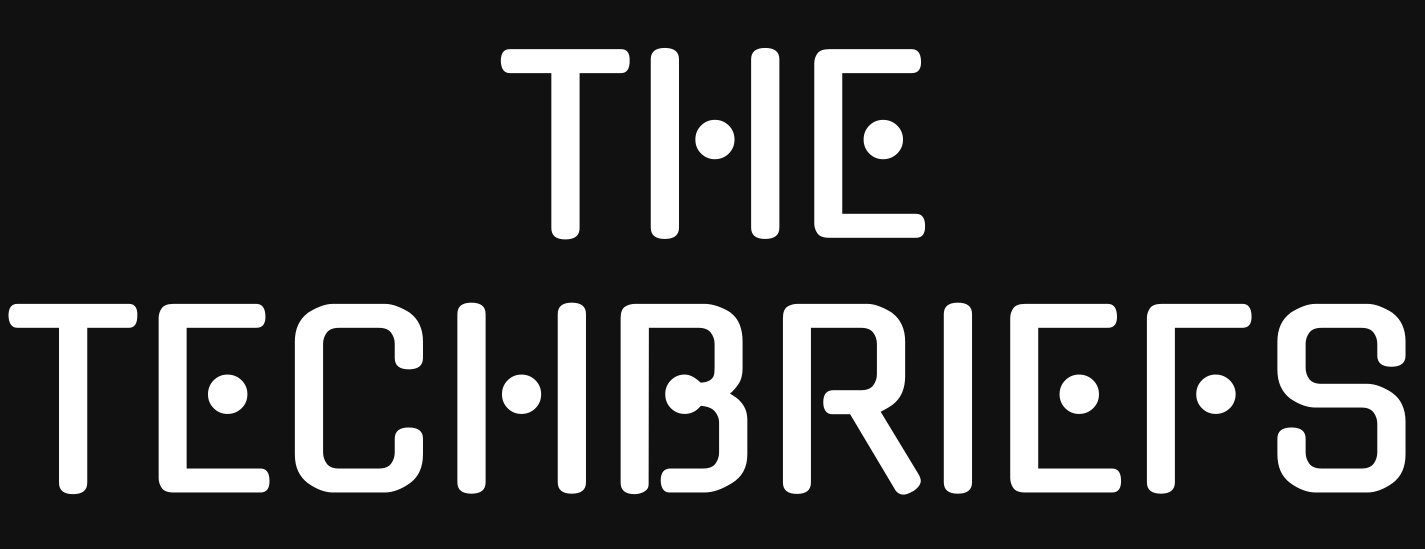
Thunderbird 140 “Eclipse,” is officially here. Released as the latest Extended Support Release, it offers long-term stability and fewer changes over time, handy for users who prioritize reliability over rapid updates.
The latest build introduces new visual tools, improved usability, and behind-the-scenes improvements to one of the most established open-source email clients available today.
This release builds directly on Thunderbird 128 “Nebula” incorporating features from the more frequently updated Monthly Release channel. The result is a more streamlined experience aimed at helping users manage their email, contacts, and calendars better.
Thunderbird 140 introduces several notable updates, with particular attention paid to the visual settings and overall responsiveness sides of things.
Perhaps the main addition in this build is Dark Message Mode. Thunderbird has supported Dark Mode for some time, but the latest version takes things a step further. Messages now adapt to the dark theme automatically, creating a more consistent experience.
For users who run into visual clarity issues with darkened messages, a simple toggle makes it easy to switch the message view back to light mode. This is especially useful for users reading a variety of email formats or who need to quickly adjust to certain types of content more clearly.
Another big change is the expanded Appearance settings. Users can switch between Cards and Table view in the message list and make layout adjustments that apply globally across folders and accounts. These settings help create a more personalized interface with minimum effort.
Managing email
For many, day-to-day usability comes down to how quickly you can act on incoming emails. Thunderbird 140 introduces native OS notifications across Windows, macOS, and Linux, so users can now delete, archive, or take other actions directly from their system notifications.
This is a small but meaningful improvement for anyone managing a high volume of messages or working across multiple apps throughout the day.
Setting up new email accounts has also been simplified. The updated Account Hub guides users through adding new accounts in a few steps. It brings together email, calendars, and contacts in a unified view, reducing the learning curve for those new to Thunderbird.
Manual folder sorting is also available in Thunderbird 140. Users who rely on custom folder structures can now click and drag folders into their preferred order, rather than relying on fixed alphabetical lists or complex sorting rules. It is a simple feature that helps bring more control over organization, especially in professional or multi-account environments.
The email client also includes several quality-of-life improvements, many of which will matter most to experienced users. It now supports Microsoft Exchange accounts through an experimental setting. This native support expands Thunderbird’s potential in work environments where Exchange is still in wide use.
Thousands of fixes
For those moving between devices, the new export-to-mobile feature simplifies things. Users can generate a QR code that transfers account settings to Thunderbird for Android. Another tweak aimed at usability is horizontal scrolling in Table View, which allows better handling of tabular data in wide messages or mailing list archives.
In addition to these changes, Thunderbird 140 includes thousands of fixes and performance improvements. The result is a smoother, more reliable experience. Thunderbird has been around for decades, but it’s good to see there’s still a focus on stability alongside visual and functional tweaks.
If you want to try Thunderbird 140, the update is available now. Existing users can update via the Help > About menu, or download it directly from the official website.
Automatic updates are being rolled out gradually, giving developers time to monitor for any issues. Linux users running the snap or flatpak versions can expect the update to arrive in the coming weeks, and it is expected to appear on the Windows Store later this month.
Do you use Thunderbird? If so, why? Let us know in the comments.


